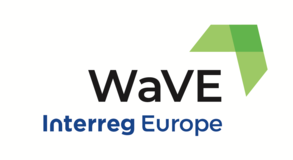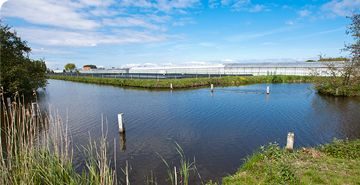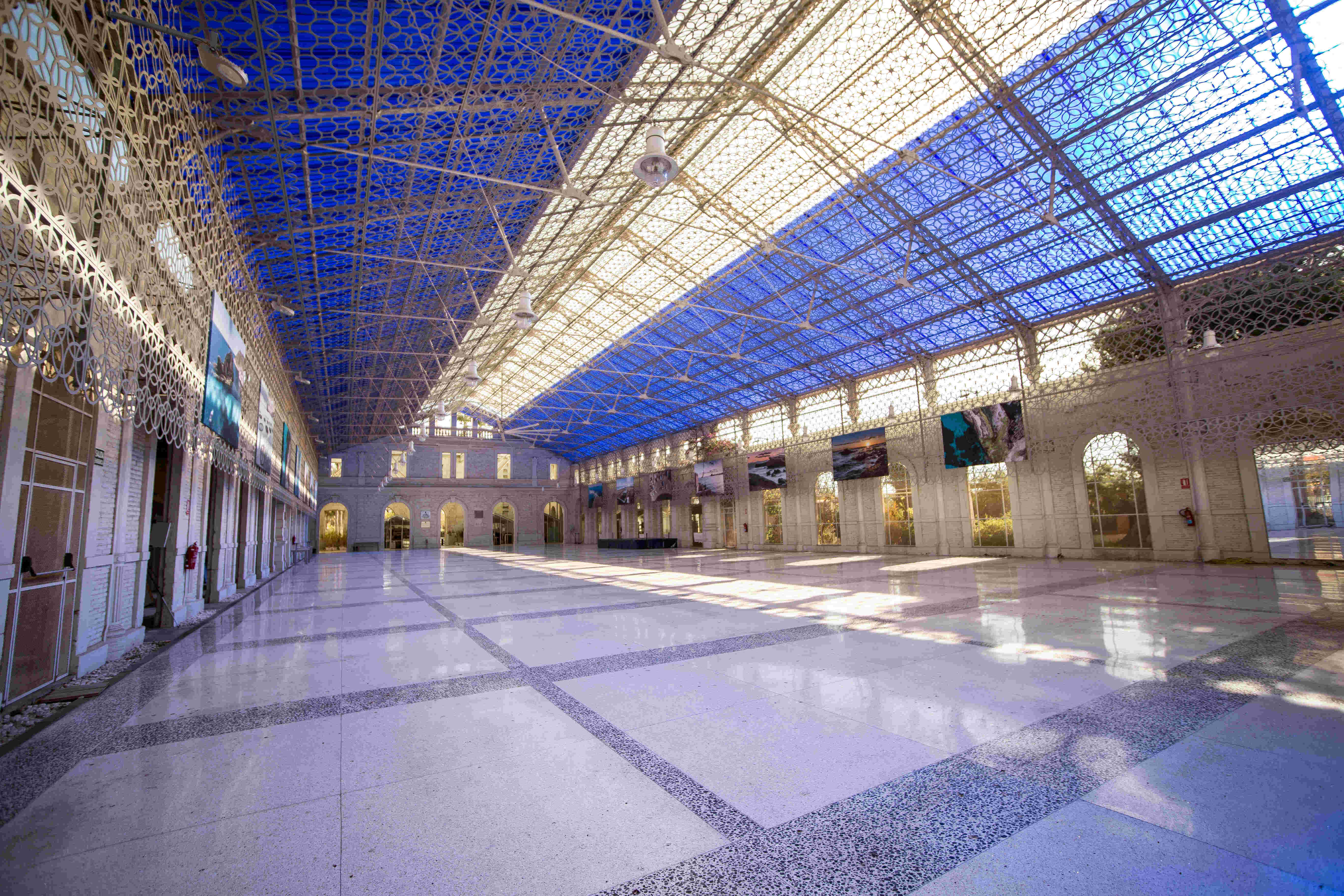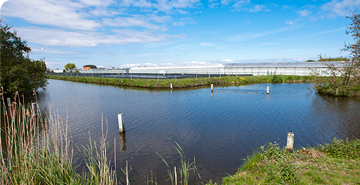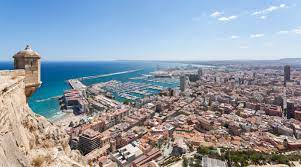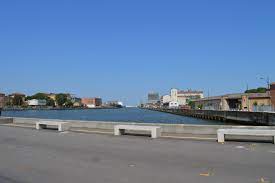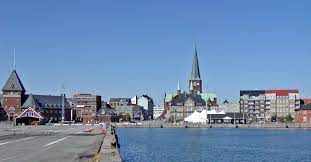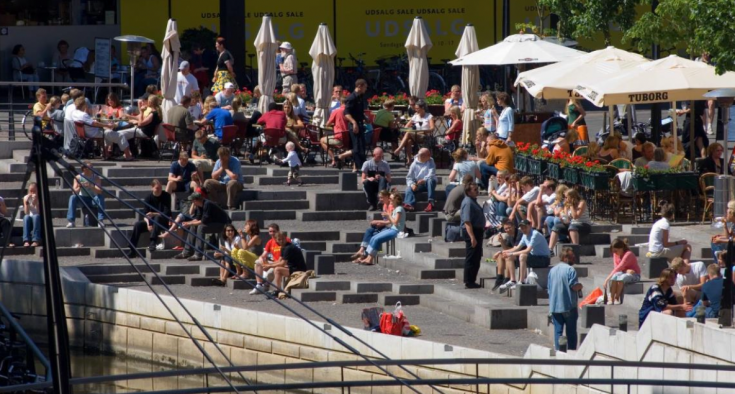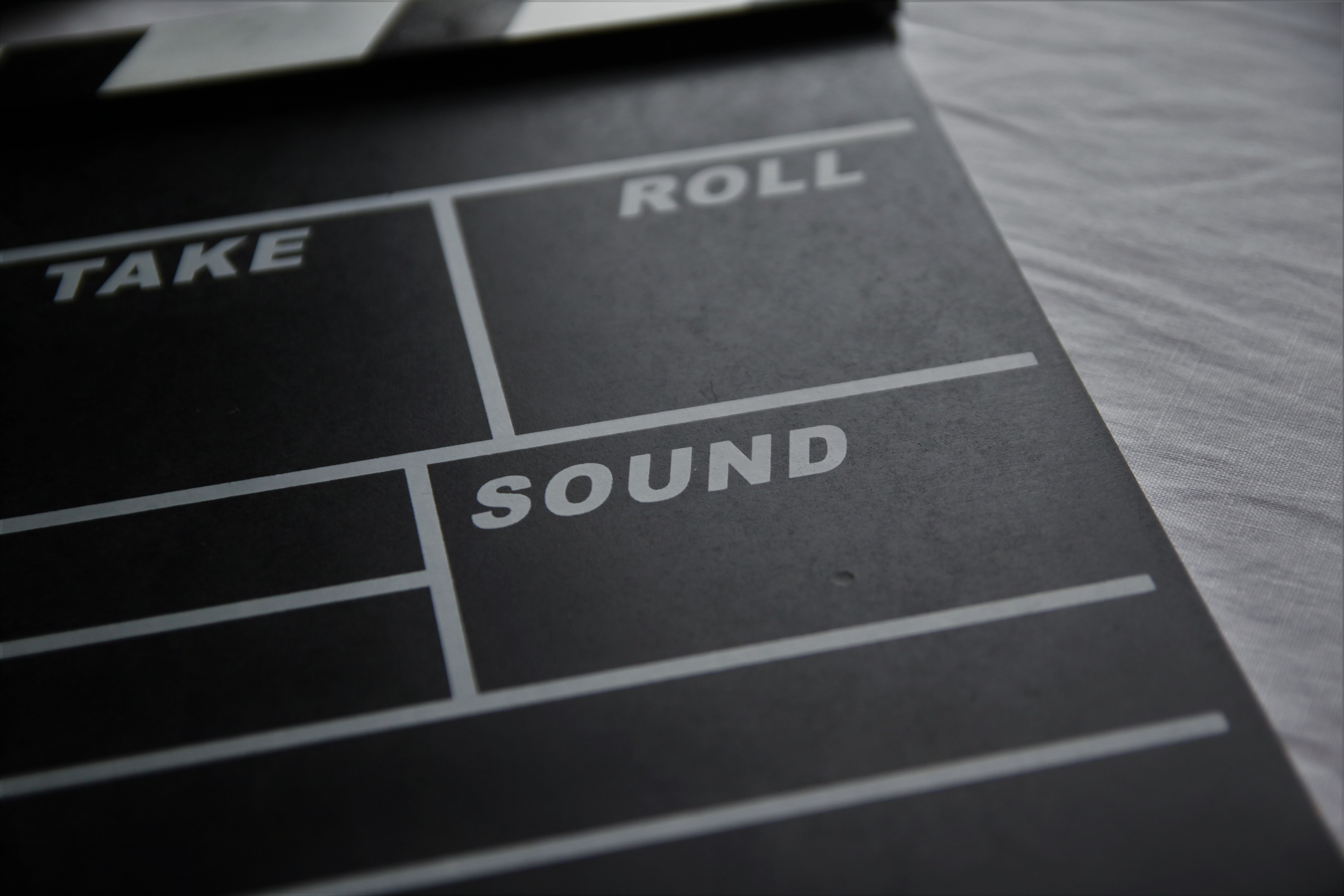1. What policy instrument are you going to influence with your Action Plan? What kind of change do you want to achieve?
The targeted policy instrument is the policy and program 2019 – 2025 for heritage in Breda (“Resource for the future”). The intention is to adapt/ extend this policy with a clear and ecosystemic vision on the position and value of water and water-related heritage - in their mutual relation - within the massive transformation of the City Center of Breda.
2. How many actions does your Action Plan consist of? Would you briefly illustrate them?
In the Action Plan 3 main actions are defined for the near future to support and underline the adaptation of the policy framework in close cooperation with a broader scope of stakeholders:
Action 1 is the establishment of an urban and regional “Water Table”. In the Netherlands water issues are mostly discussed between municipalities/ province and the regional water board. Considering the large number of water-related transformations in the city also other interest groups are invited to join the table to brainstorm and to discuss designs and propositions: heritage and environmental organizations, architectural institute, place makers, cultural organizations, city marketing, entrepreneurs, etc.
Action 2 is the adaptation of the existing heritage map of the municipality. The heritage map is part of the targeted policy instrument. Beside the existing value map and the inventory map of heritage in Breda extra thematic layers will be added, containing zoning maps and objects (“Heritage Map Plus”). The first layer will be the one on water and water-related heritage, in which a clear and transparent view is possible on projects and initiatives. Inspired by the Blue Routes of Alicante a popular map is planned on this important subject for the transformation of the city.
Action 3 is the validation and facilitation of Placemaking in the transformation areas in the City Center of Breda, especially in the CrossMark area. Existing placemaking activities will be evaluated, conditions for new initiatives will be established. New culture and new economy alongside the river will play an important role. Meaning and possibilities for these functions after the “in between time” are being researched and validated.
3. What lessons learned/good practices have inspired the development of the Action Plan?
The water table was inspired by the “Mesa del’ Aqua” of the region of Alicante. The Heritage Map Plus is defined on the inspiration of Ravenna (the Sacher method), of Aarhus (heritage description by the City Archives) and Alicante (Rutas Azules). The cultural context of the approach of Ister-Granum (a transnational initiative) is a source of inspiration for the cultural guidance of the transformation processes in Breda.
4. What was the greatest difficulty in developing the Action Plan?
The biggest challenge was to synchronize the Action Plan with actual developments in the target area Crossmark. Within the WaVE period important policies were decided on in council (f.i. Growth and Development Strategy 2040), cooperation agreements were signed with province and ministry on developments and housing production, and an important large brownfield was purchased by the City and the Province Noord-Brabant.
5. What is the biggest accomplishment reached so far? What are you most satisfied with?
The recognition that water is an important element for a sustainable future of the city and the region is already established with the reopening of the former harbor and river in the city center in recent years. The contribution of the WaVE project is that there is more attention for the existing values in buildings, urban structures, landscape, and for the importance of storytelling and design research with respect for as well “what has been” in relation to “what could be”.
